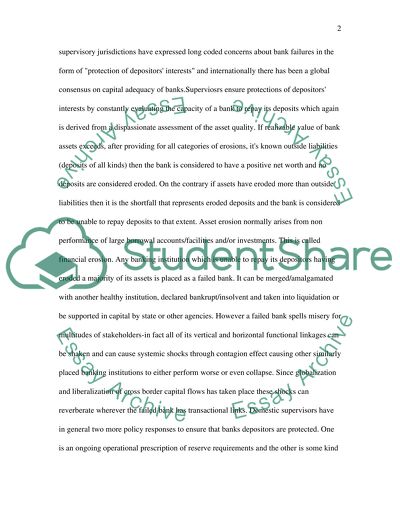Cite this document
(“Study of Banking Crises and Failures Dissertation”, n.d.)
Study of Banking Crises and Failures Dissertation. Retrieved from https://studentshare.org/finance-accounting/1536390-study-of-banking-crises-and-failures
Study of Banking Crises and Failures Dissertation. Retrieved from https://studentshare.org/finance-accounting/1536390-study-of-banking-crises-and-failures
(Study of Banking Crises and Failures Dissertation)
Study of Banking Crises and Failures Dissertation. https://studentshare.org/finance-accounting/1536390-study-of-banking-crises-and-failures.
Study of Banking Crises and Failures Dissertation. https://studentshare.org/finance-accounting/1536390-study-of-banking-crises-and-failures.
“Study of Banking Crises and Failures Dissertation”, n.d. https://studentshare.org/finance-accounting/1536390-study-of-banking-crises-and-failures.


